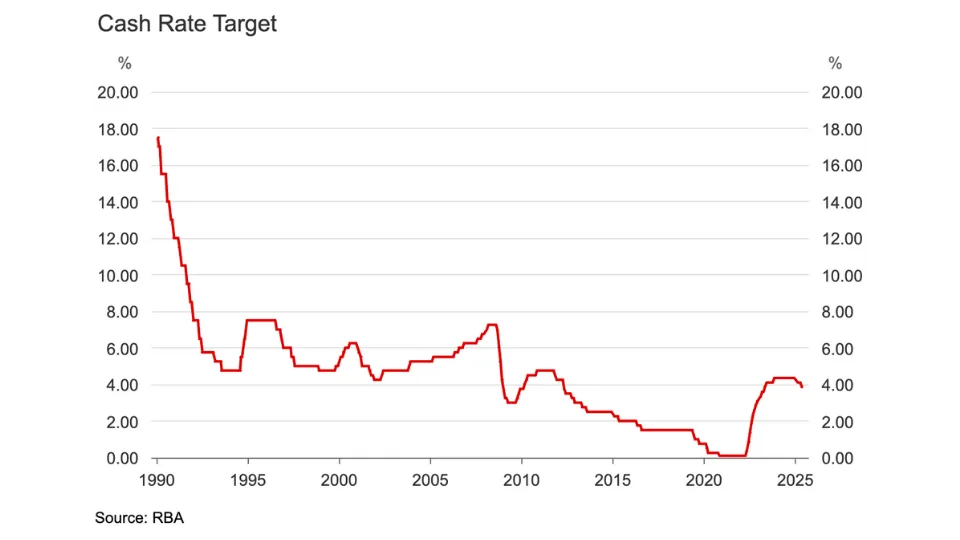As investors seek consistent income and diversification beyond traditional bonds and equities, private credit has taken centre stage. Once the domain of institutional players, this alternative asset class is now increasingly accessible to retail investors, particularly through innovative ETF structures. In this article, Marc Jocum from Global X explores how to strike the right balance when incorporating private credit into a portfolio—considering the benefits, risks, and role of ETFs in democratising access.
Key Points
-
Private credit is growing rapidly
With banks retreating from some lending markets, private lenders have stepped in—creating attractive risk-adjusted returns for investors willing to take on less liquid, privately negotiated loans. -
Access via ETFs is expanding
New ETF structures allow retail investors to gain exposure to diversified pools of private credit, offering the potential for yield without sacrificing liquidity to the same extent as direct private investments. -
Risk remains a critical consideration
Despite its return potential, private credit is not without challenges: liquidity is lower, default risk must be priced carefully, and economic downturns could magnify stress in portfolios. -
Diversification benefits are meaningful
Private credit often exhibits low correlation with listed equity and fixed income markets, making it a powerful tool for reducing overall portfolio volatility. -
A balanced allocation is key
Rather than going “all in,” investors should treat private credit as a satellite allocation, ensuring it complements core holdings in equities, bonds, and listed alternatives.
Want to go deeper?
Click here to read the full Global X article.









